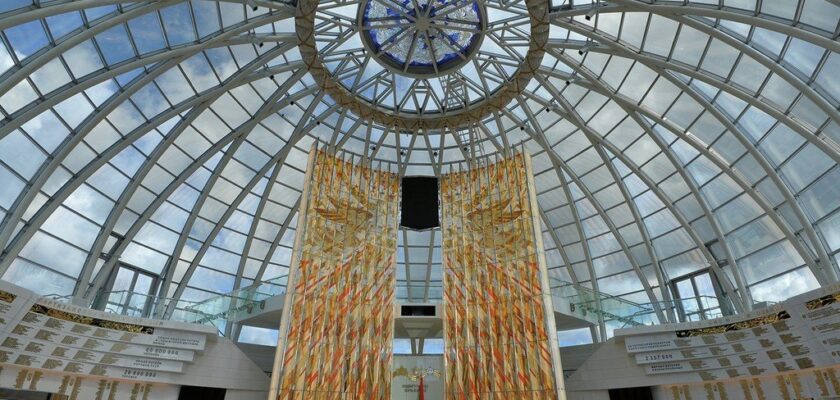Museum of the History of the Great Patriotic War in Minsk
The Museum of the Great Patriotic War in Minsk, located next to Victory Park, is a unique and the largest in the Republic of Belarus repository of relics of the war period of 1941-1945. Here are exhibited authentic documents and items, each of which is a reminder of the hard times of fascist occupation, which can neither be forgotten nor erased from our memory. And the architecture of the building is very symbolic: looking at its columns and sloping walls, it is sometimes difficult to escape the impression that it is falling down, as if damaged by an enemy raid.
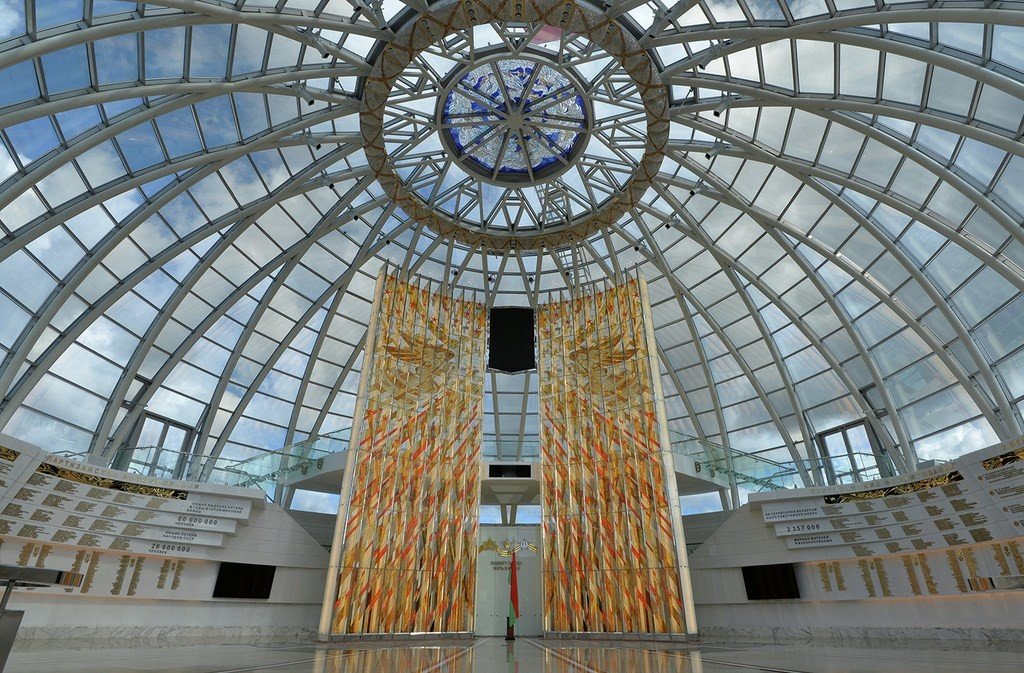
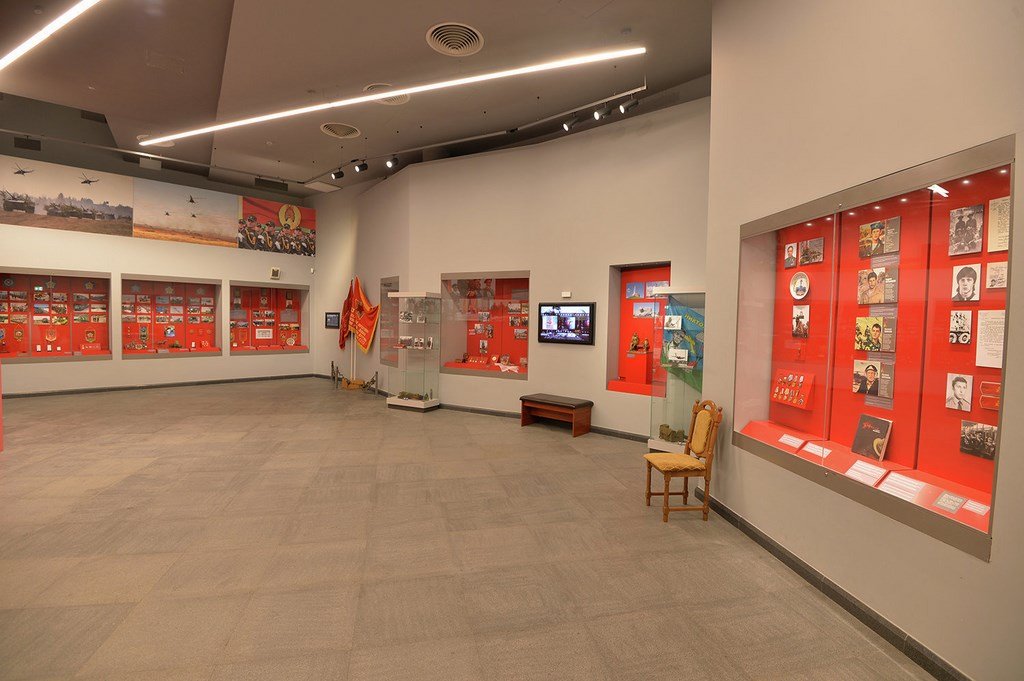
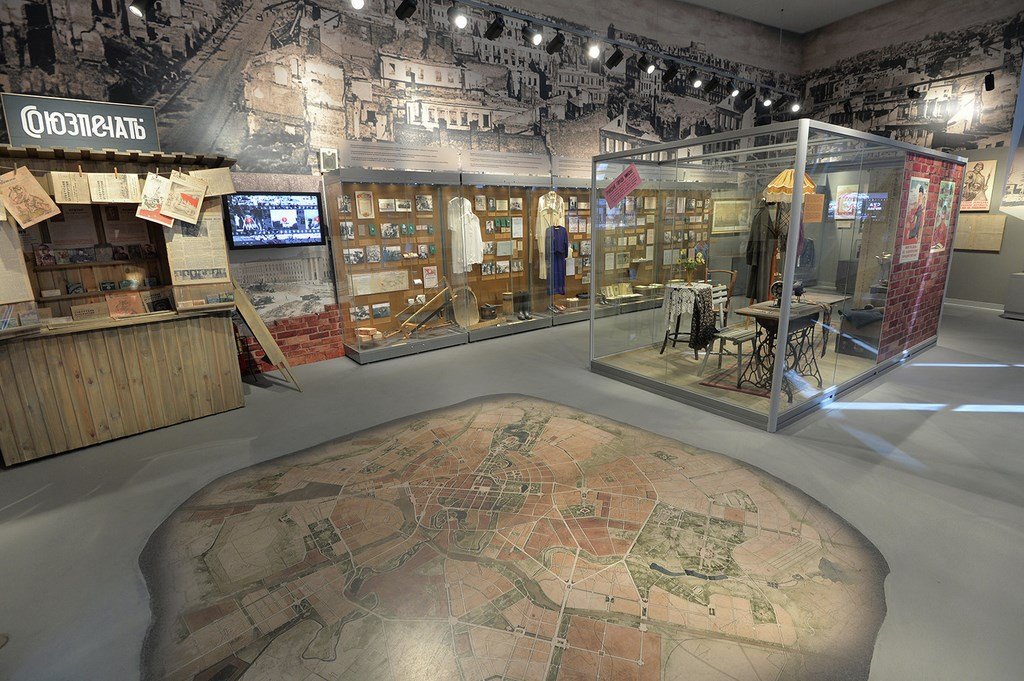
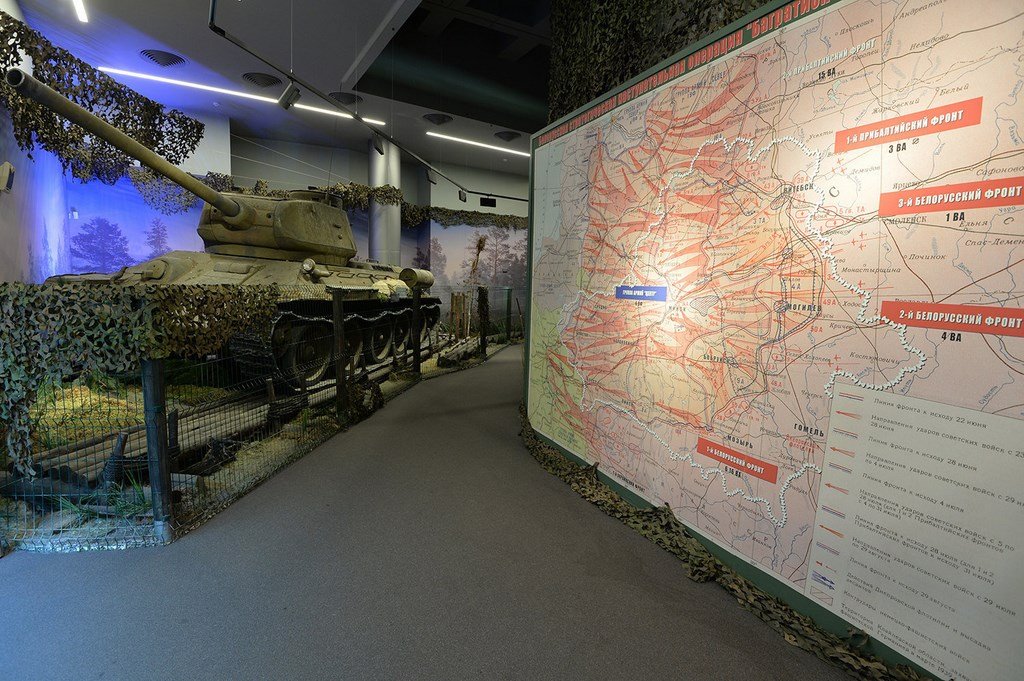
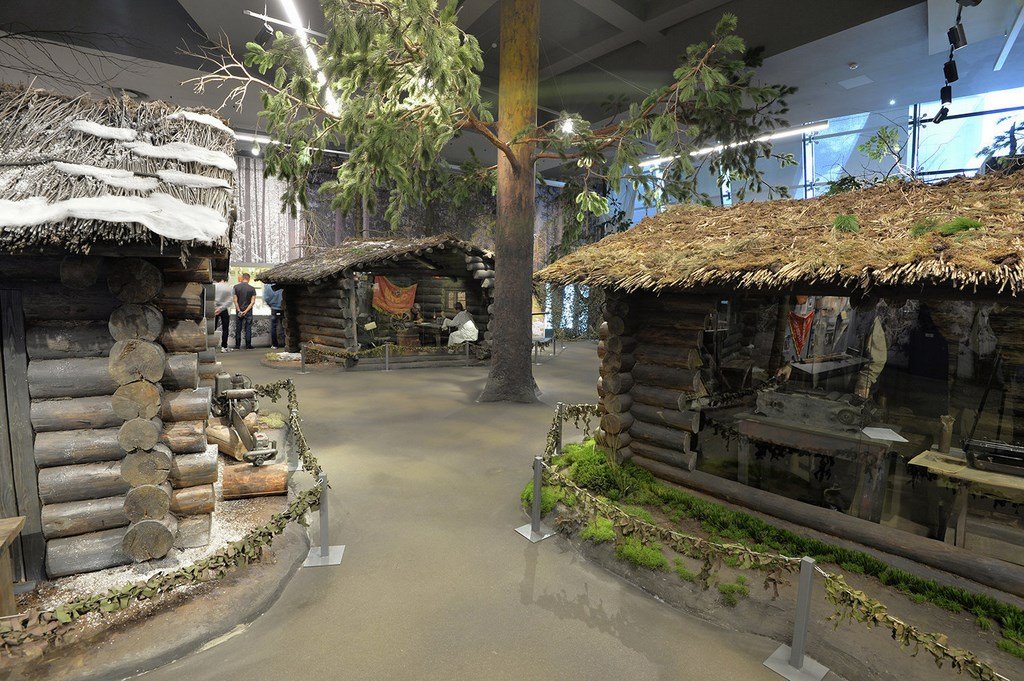
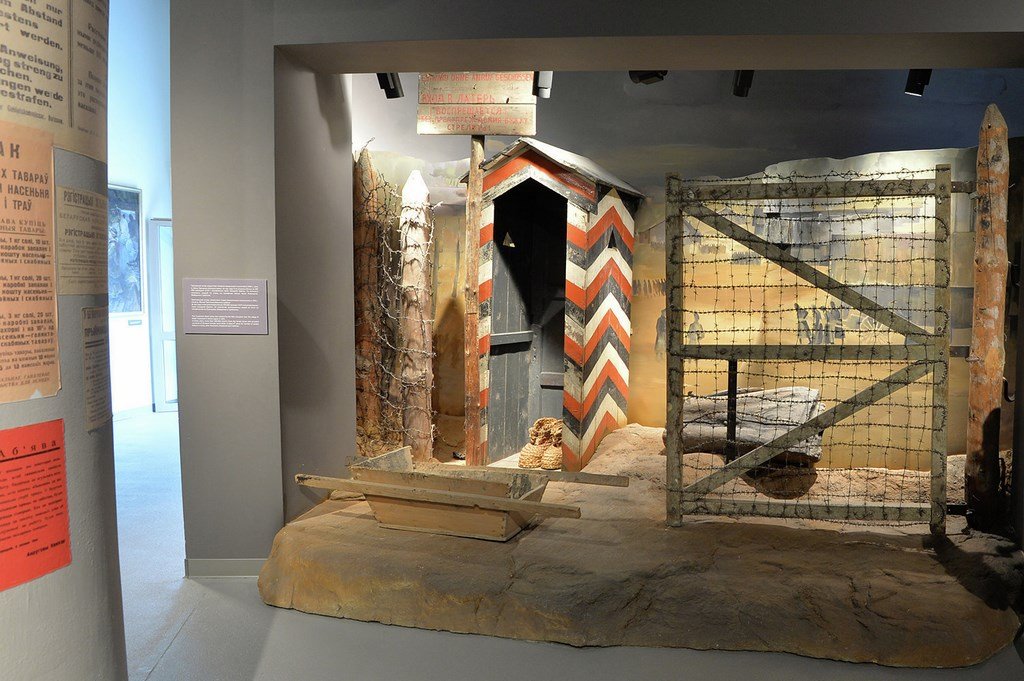
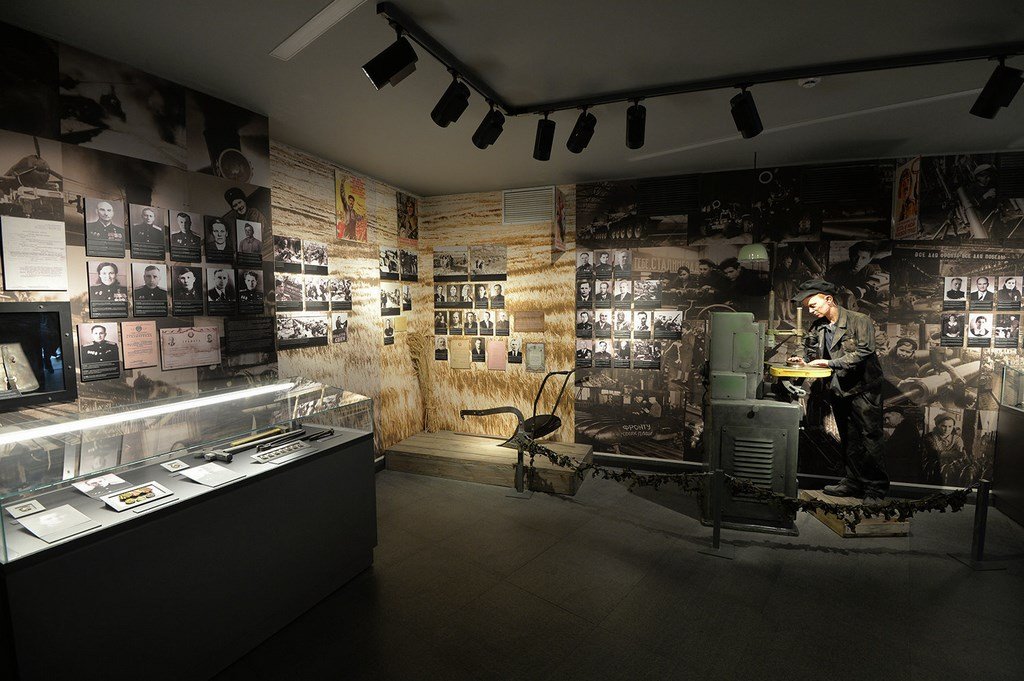
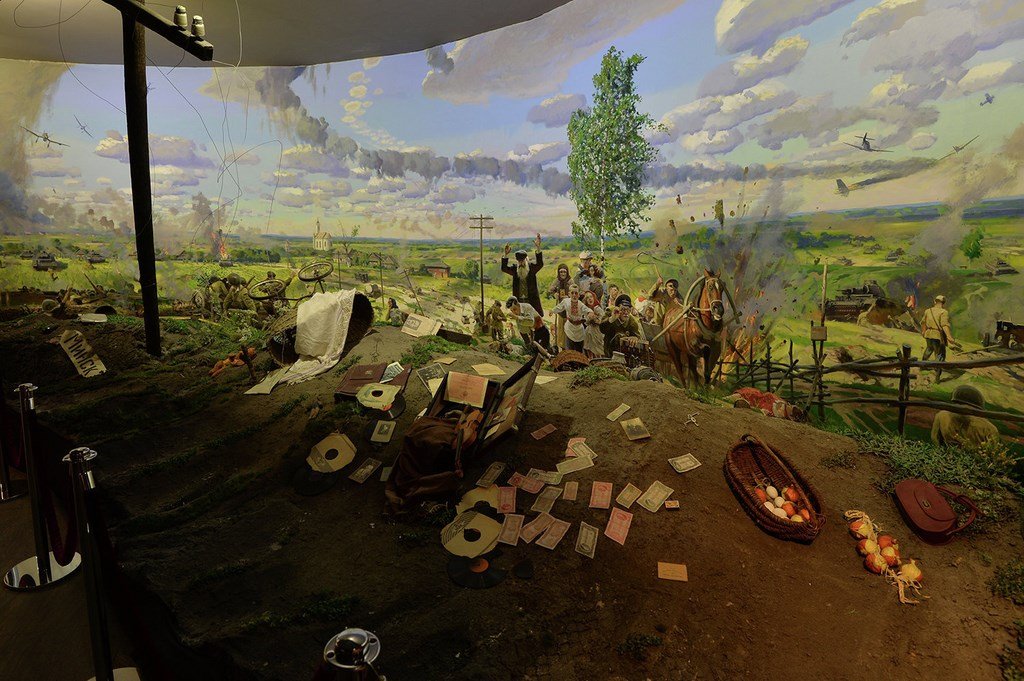
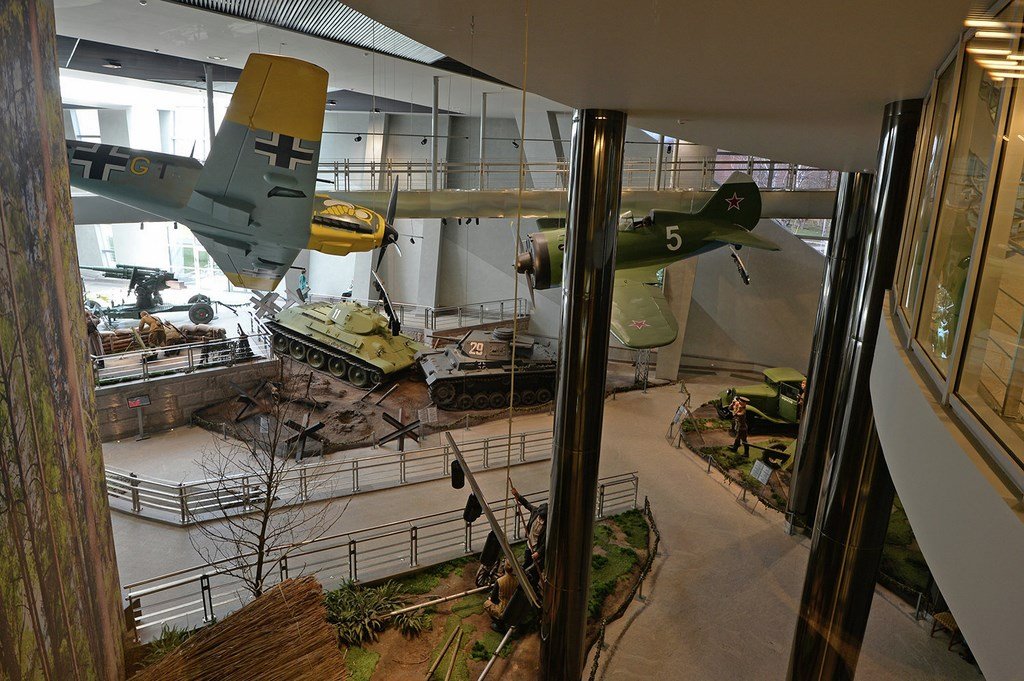
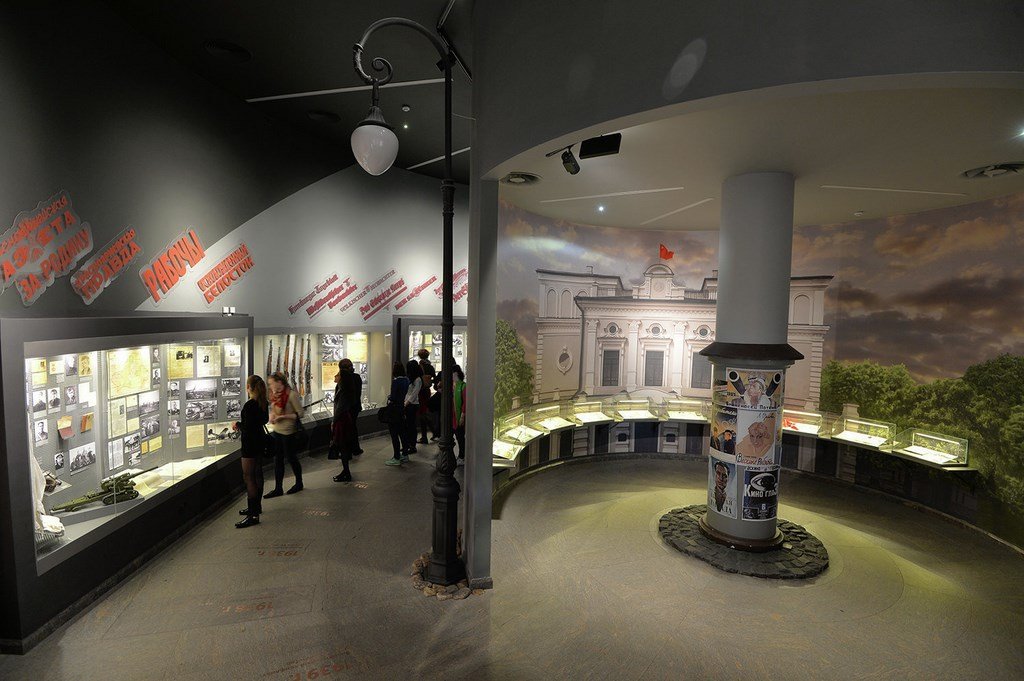
Video: Museum of the Great Patriotic War in Minsk
Contents- Highlights
- History of the museum
- WWII Museum in Minsk nowadays
- Address, opening hours, how to get there
Highlights
‘
Museum History
The Great Patriotic War began on June 22, 1941, and already in August the entire territory of Belarus was occupied by Nazi troops. The Central Committee of the Republican Communist Party of Bolsheviks was forced to move to Moscow. In June 1942 it decided to create a commission that would collect documents and materials of the war time. Please note: the war had just begun, the enemy was advancing, but even in such a difficult situation, no one had any doubts about who would win. And this meant that it was necessary to compile a chronicle of the Great Patriotic War now, so that later it would not be too late.
.
The commission, whose chairman was appointed Secretary of the Central Committee of the Communist Party (Bolsheviks) for Propaganda Timofei Sazonovich Gorbunov, was formed of high-ranking party and government officials. It included Ivan Anufrievich Krupenya, Deputy Chairman of the Sovnarkom of the BSSR, Evdokia Ilyinichna Uralova, People’s Commissar of Education, Vladimir Nikiforovich Malin, Secretary of the Central Committee, Mikhail Tikhonovich Lynkov, Chairman of the Board of the Union of Writers of the Republic, Sergei Osipovich Pritytsky, Second Secretary of the Central Committee of the Young Communist League of Belarus, and others. Soon the executive secretary of the commission was appointed, he became Vasily Demjanovich Stalnov (real surname – Parkhimovich), who later took the chair of the first director of the museum.
.
In the first six months the commission worked very hard. Unique material was collected, which was then distributed into two main thematic categories, namely, the treacherous invasion of German fascism into the Soviet Union and the heroic struggle of the workers of the Byelorussian SSR against the Hitler invaders. The successes of the Red Army in the winter of 1941-1942 became a great help in collecting the first exhibits. Pressing the enemy, they formed a gap of 40 kilometers in the front line between the settlements Velizh and Usvyaty, which went down in history under the name “Vitebsk Gate”. Had it not been for this kind of buffer zone, it is unknown how research work in the occupied territory might have developed.
.
The first exhibition – it was called “Belarus lives, Belarus fights, Belarus was and will be Soviet” – opened in the State Historical Museum on Moscow’s Red Square in the first days of November, 1942. The visitors could see authentic documents, things, photographs and even literary works. The exhibition was headed by Elena Aladova, who worked before the war as director of the Minsk Picture Gallery and became the future creator of the National Art Museum of Belarus. In the Moscow GIM the exhibits were exhibited until August 1944.
.
After the liberation of the BSSR from the Nazis, the entire exhibition was moved to Minsk. It became, in fact, the first main exposition of the Museum of the Great Patriotic War, the decision to create which was taken at the Bureau of the Republican Central Committee as early as September 30, 1943. The importance attached to the opening of the museum by the leadership of Belarus and personally by the chairman of the Council of People’s Commissars Panteleimon Kondratievich Ponomarenko is shown by the fact that the House of Trade Unions, one of the few surviving buildings in the 85% destroyed city, was allocated for it. It was located on Freedom Square.
.The official opening of the Belarusian State Museum of the History of the Great Patriotic War took place on October 22, 1944. In January 1966, it had a housewarming party, moving to the premises at 25a Leninsky Avenue (now Independence Avenue). Initially, visitors could familiarize themselves with only two expositions – devoted to the equipment of local partisans and underground Belarusian press during the occupation. The weapon part of the WWII museum was divided into three sections. They were devoted, respectively, to the trophy samples used by the partisans, to the weapons that penetrated through the front line, and to the weapons that were made in a homemade way, i.e. homemade. Particularly noteworthy was one truly exclusive copy: in order to make it, a bicycle frame, a barrel rim, parts of a downed enemy bomber and even… cow horns were used.
.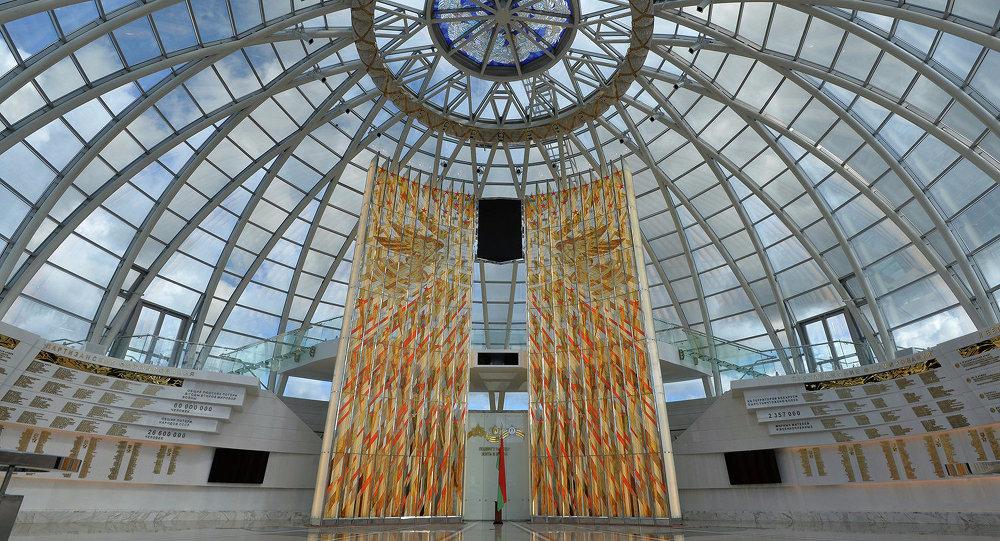
WWII Museum in Minsk nowadays
Belarus is the only one of the former Soviet republics that celebrates Independence Day not on the date of adoption of the corresponding declaration of sovereignty. The main holiday of Belarusian statehood falls on July 3 – the day when Minsk was liberated in 1944 during the operation code-named “Bagration”. Seventy years later, on 3.07.2014, another “housewarming” of the Museum of the Great Patriotic War was timed to this heroic date. The decision to do so was made on the initiative of the President of the country Alexander Grigorievich Lukashenko.
.The new building was built in a landmark place of the capital – on Heroes’ Square. Nearby are the park-museum complex “Victory” and the obelisk “Minsk – Hero-City”. The museum is united with the latter in a single architectural ensemble. The main facade is interesting in its architectural execution: it has the form of rays (there are 11 of them in total), symbolizing the Victory salute, simultaneously reminding about the tragic days of occupation of the capital, which were 1100. On each of them you can see sculptural reliefs reflecting memorable military events.
.’
The total area of the WWII Museum in Minsk is 15,600 square meters, and it is striking not only for its grandeur, but also for its interior decoration. Unlike the previous premises, the exposition halls here are larger and equipped with modern technical capabilities, including multimedia technologies: holographic 3D-installation, ball and fog screens. The latter creates a flame effect.
.The building unites four main blocks, and there is also a symbolism in it: the war lasted for so many years, and exactly so many fronts participated in the liberation of Belarus. The history of the Great Patriotic War is told about by more than 8 thousand exhibits, which occupy an area of more than 3000 square meters. meters. In general, there are about 145 thousand unique rarities in the museum fund. Some of them, as it was mentioned above, were collected on the territory of the BSSR itself. Another part of them came into the collection during the liberation of Eastern Europe and Germany. Many exhibits arrived already in peacetime, they were officially transferred by the embassies of various states.
.
Special mention should be made of the unique documentary collection of 27,000 exhibits. In addition to magazines about the conduct of military operations and reports from the front, it is possible to familiarize with the orders of commanders, reports on the fulfillment of combat missions, diary entries and personal characteristics of soldiers. Unique samples of mini posters and caricatures on the military theme (over 3 thousand copies) are kept here. No less interesting are the battle banners of both military units and partisan formations. The museum also keeps samples of military uniforms and civilian clothes of such countries as the USSR, the United States, Germany, France, Czechoslovakia, Italy.
.
The largest hall is called “The Road of War”, it occupies a third of the building’s area. Each of its sections corresponds not only to a specific period of the Great Patriotic War, but also to the corresponding marks in the park complex. The crown of the rich museum exposition is the Victory Hall, which is characterized by special splendor. It is stylized under the glass dome of the defeated Reichstag – the parliament of the Third Reich in Berlin, over which in 1945 Red Army soldiers Alexei Berest, Mikhail Egorov and Meliton Kantaria hoisted the Victory Banner.
.’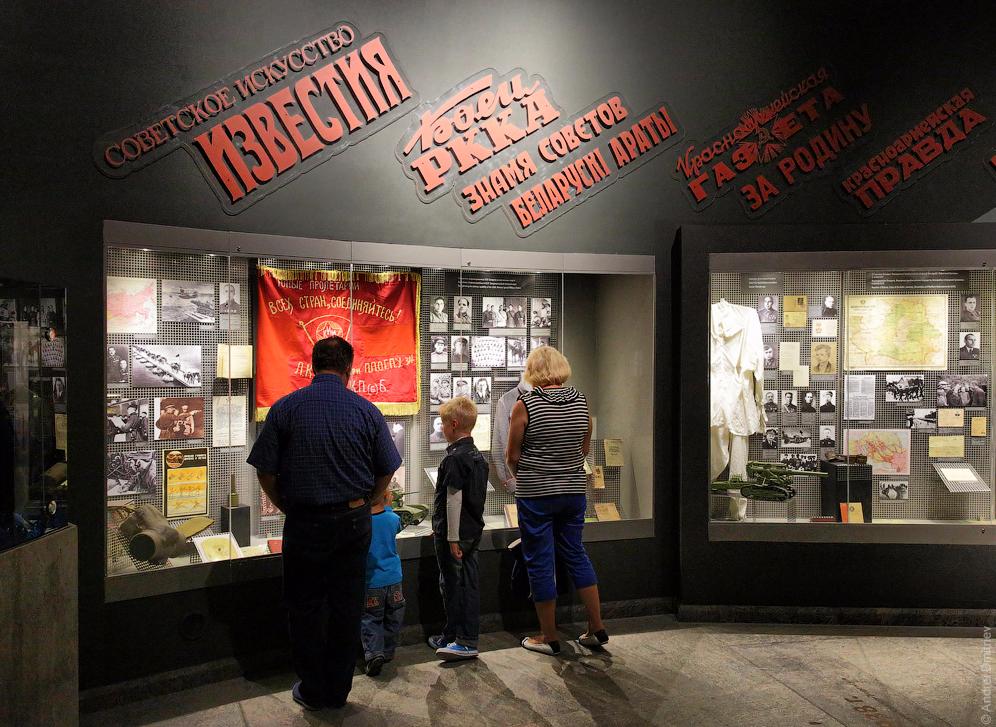
Address, opening hours, how to get there
The Belarusian State Museum of the History of the Great Patriotic War is located at the address: 8, Pobediteley Avenue, Minsk. Official website: http://www.warmuseum.by.
.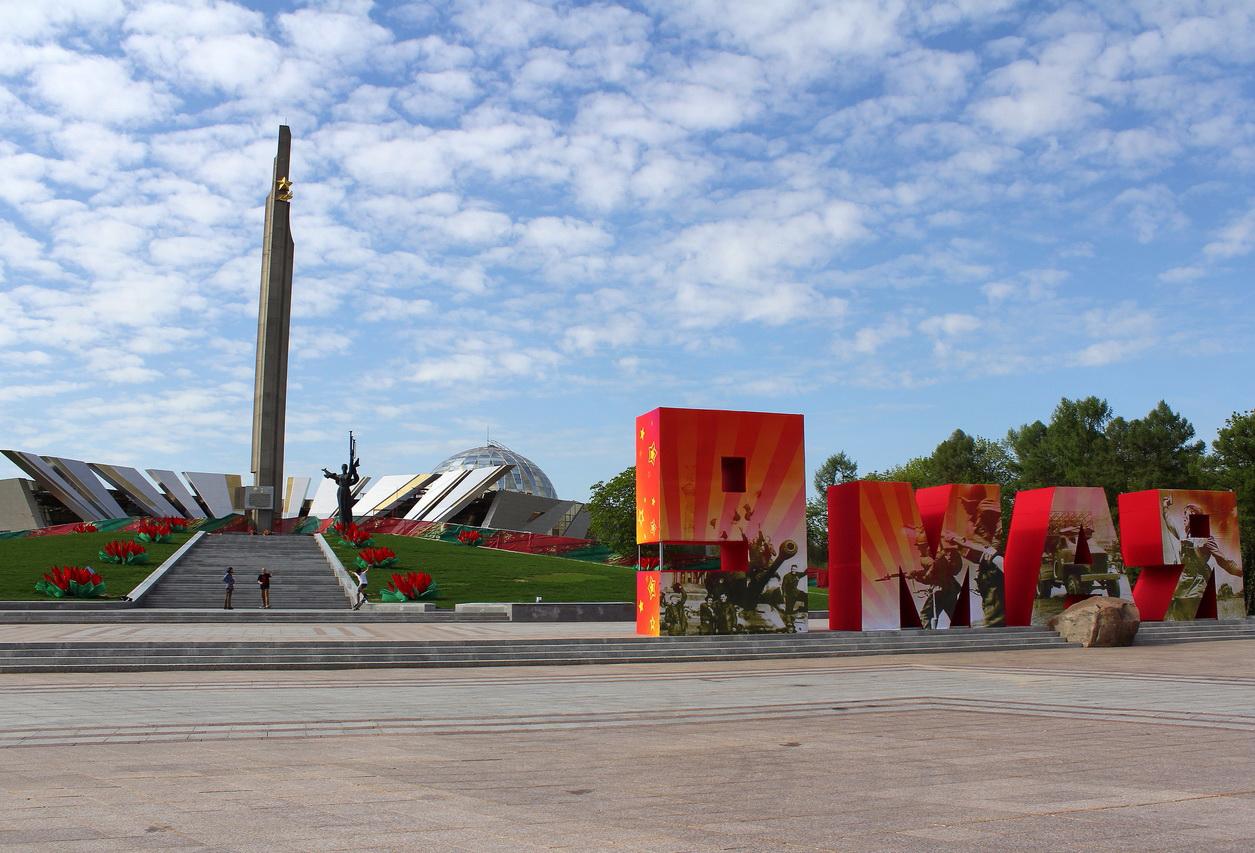
The WWII Museum is open on Tuesdays, Thursdays, Fridays, Saturdays and Sundays from 10:00 to 18:00, Wednesdays – from 12:00 to 20:00. Tickets can be purchased at the box office, which closes one hour before the museum closes. Weekends: Monday and public holidays. On the day preceding the holiday, working hours are reduced by an hour.
.The ticket price for adults, as well as schoolchildren and students is 70 and 35 thousand Belarusian rubles respectively. Amateur photography (without flash) is allowed, including on a cell phone or smartphone. In this case, the ticket will cost 85 and 50 thousand BYR. A sightseeing tour for a group of adult visitors (up to 25 people) will be 170,000 BYR, similar for schoolchildren, students and enlisted personnel – 85 thousand BYR, in a foreign language – 300 thousand BYR. A group themed tour “The Way of War” for students of schools, vocational schools and universities – 85,000 BYR.
.Veterans of the Great Patriotic War, children (up to 7 years old, orphans and those left without parental care), museum staff, conscripts, disabled people, students with special developmental needs, and members of the International Council of Museums (ICOM) are entitled to free admission. To take advantage of it, the above categories of people must show the appropriate identification.
.
To get to the Museum of the Great Patriotic War you can take buses Nos. 1, 29, 44, 69, 73, 91 and 136 or shuttle buses Nos. 1051 and 1056.
.